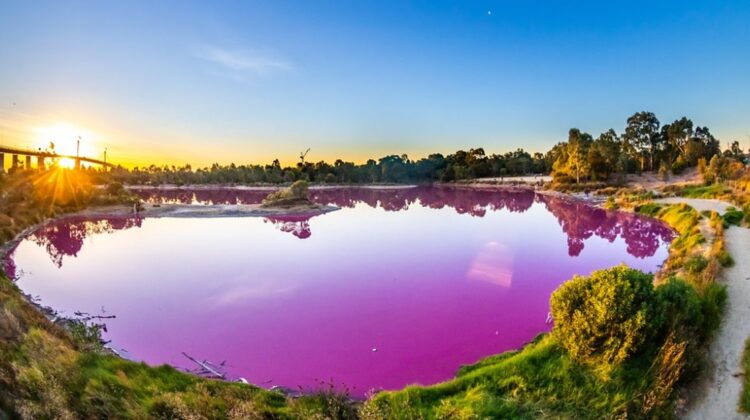
Australia not only has some of the most unusual species on the planet, such as the world’s heaviest moth, but it also has some of the most unusual natural features. The natural wonders of Australia will astound you, from the Great Barrier Reef to the Tasman Peninsula’s Dolerite Sea Cliffs and the Twelve Apostles, and its pink lakes are no exception!
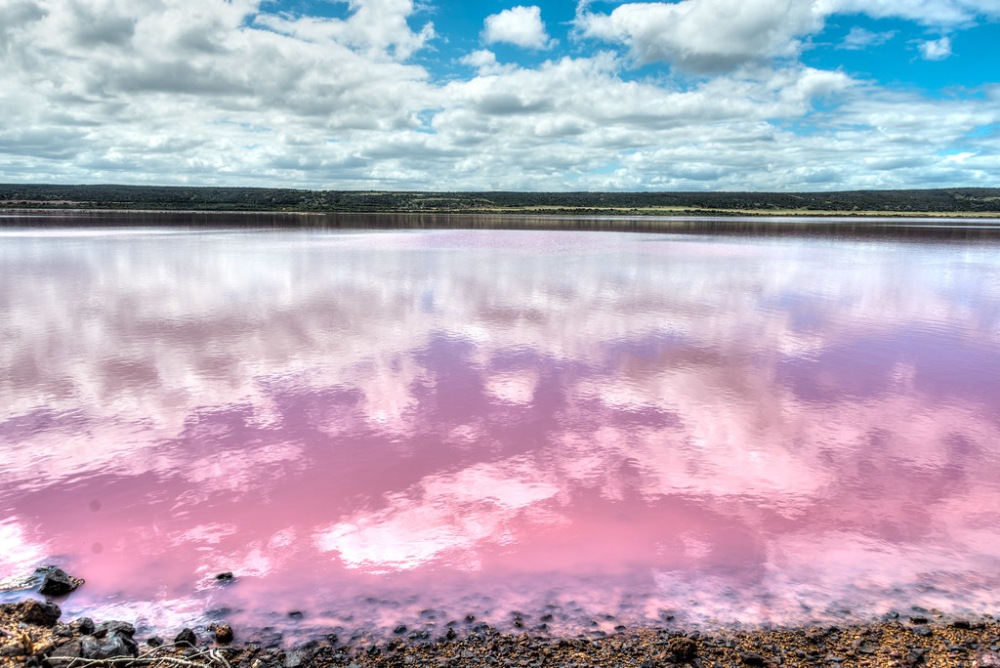
Lakes are often blue or azure in color, and this is usually the case, however the water in more than ten lakes in Australia is rather unusual. Don’t worry, this sort of color shift is quite normal and not the consequence of a harmful spill.
The water in these salty lakes includes both Halobacteria and Dunaliella salina, a form of algae. They create a red pigment known as carotenoid, which is also present in carrots, fruits, and vegetables. During warmer weather, the algae in the lakes combines with the salt, coloring the water pink. As a result, most pink lakes do not remain pink all year and frequently change hues due to temperature swings.
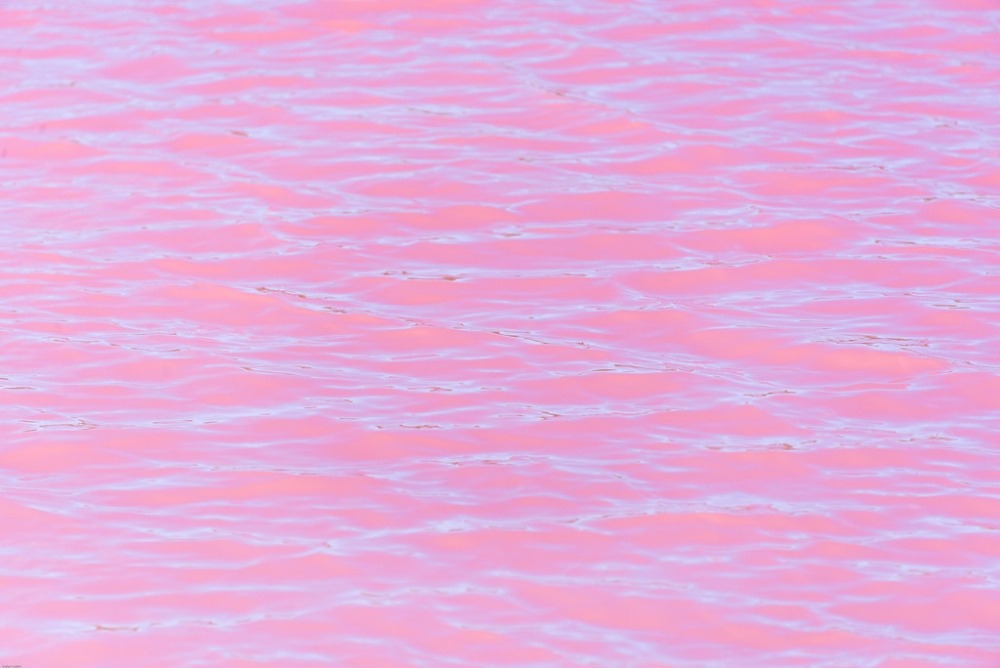
Surprisingly, the lake known as “Pink Lake” near Esperance, Australia, has lost its pinkness and hasn’t been pink in many years. Experts claim that a highway and rail line have cut off the natural flow of water into the salt lake system, lowering salinity and causing the lake to no longer shift hue to pink. To avoid any confusion, locals have taken the effort to rename the lake to its original name.
Lake Hillier, the most famous of the pink lakes, however, retains its bubblegum pink tint all year. When placed in a container, the water keeps its pinkish colour.
The lake is located on Middle Island in Western Australia, thus access is only by air or boat. Visitors are not permitted to get too near to the lake, which is required to safeguard Lake Hillier’s picturesque surroundings.
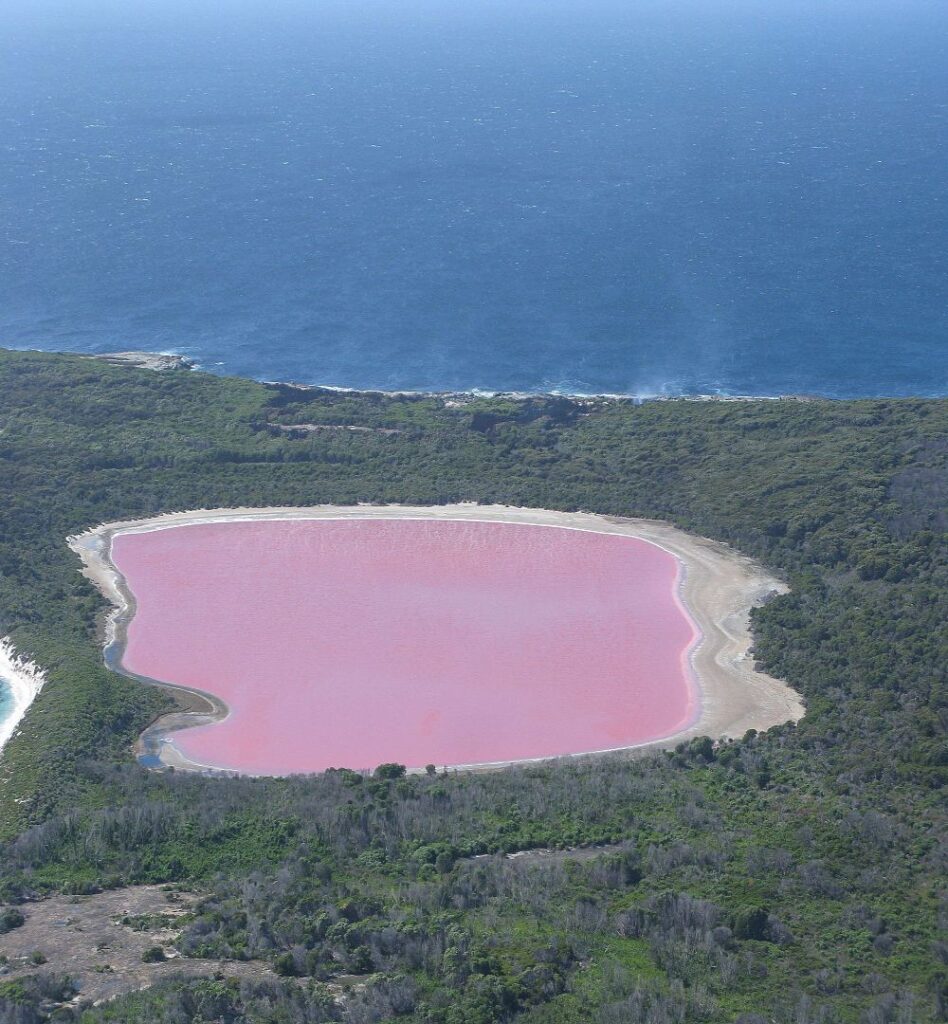
The Hutt Lagoon, located in Western Australia’s Mid-West area, is also known for its pink-colored waters. Hutt Lagoon’s hue can range from lavender to vivid pink depending on the weather. Because it is in a very arid environment, the water is frequently quite shallow or totally dried out, and it is generally covered with a 20 cm thick coating of salt. The lake is projected to fill up just twice per hundred years.

As previously said, the Hutt Lagoon may dry up throughout the summer, however driving and walking across it is not recommended due to its salty, mushy, and slimy nature.

Pink lakes may arise in surprising places when the conditions are correct. The lake in Melbourne’s Westgate Park is a wonderful illustration of this.
This salty, man-made lake, situated in Melbourne’s industrial district, originally turned pink in December 2012, following Australia’s east coast’s tremendous heatwave. Since then, the typically blue lake has turned pink between summer and fall practically every year.
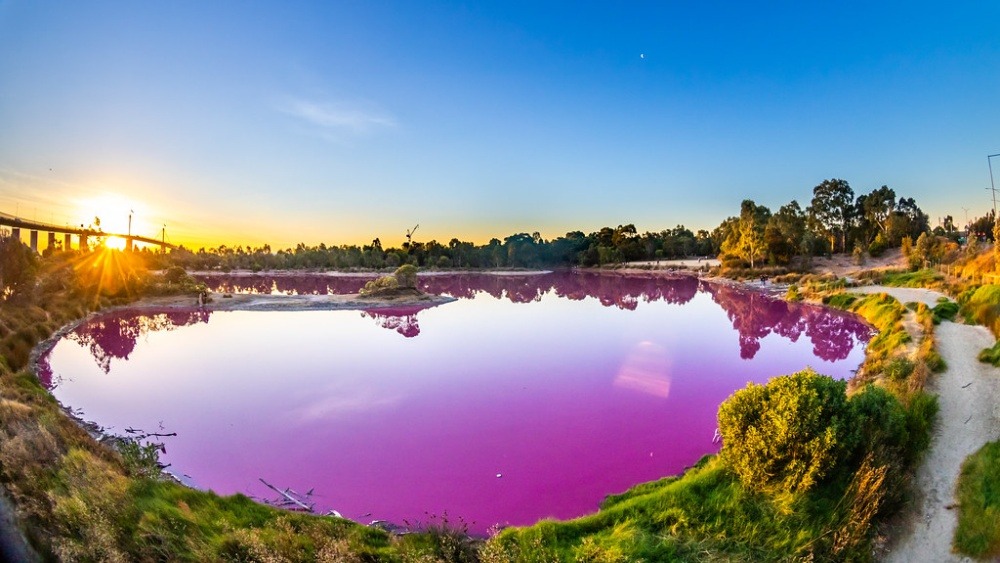
Because it resembles Lake Hillier and the Hutt Lagoon, the lake has become a famous tourist attraction. You also don’t have to rent a boat or a helicopter to go to Westgate Park’s lovely lake.
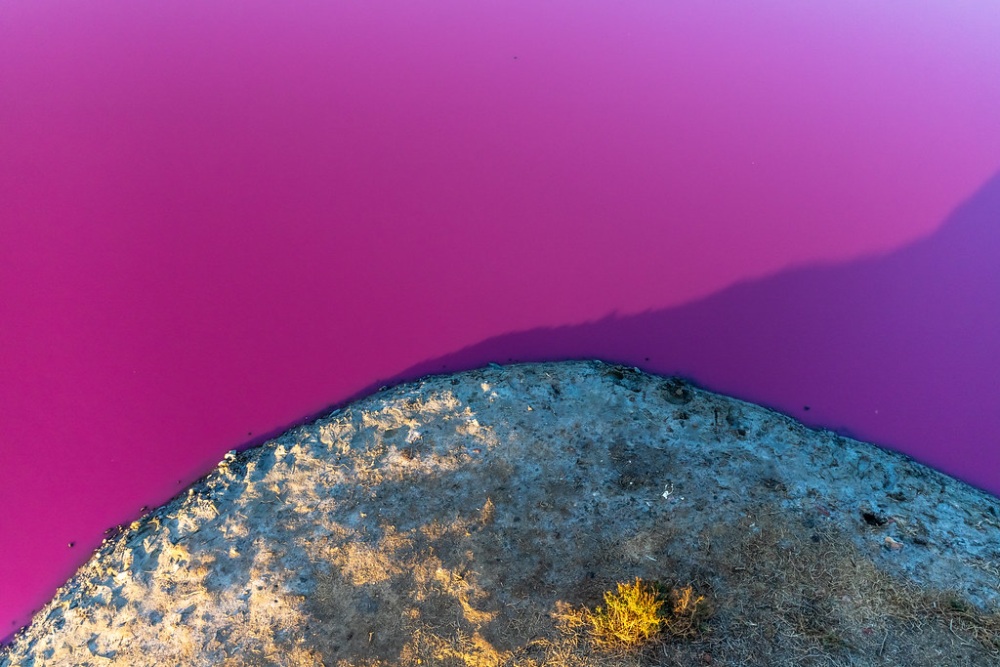
Many individuals may ask if they can swim in these enticing waters. Swimming in the pink lakes is perfectly safe in principle, as they are incredibly saline yet do not hurt human skin. Swimming in the lakes, on the other hand, is uncommon.
National parks and officials warn against swimming in them and encourage visitors to keep the pink lakes and their surrounds as undisturbed as possible in order to preserve these exceptional natural wonders for future generations.

Leave a Reply